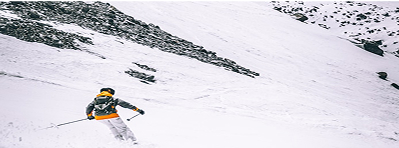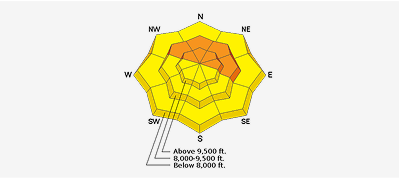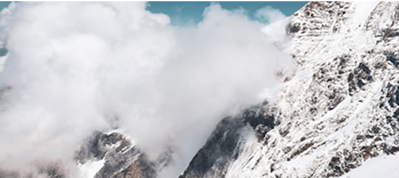Observer Name
Climaco
Observation Date
Saturday, April 5, 2025
Avalanche Date
Saturday, April 5, 2025
Region
Uintas » Blacks Fork » West Fork
Location Name or Route
Blacks Fork - West Fork
Elevation
11,500'
Aspect
East
Slope Angle
45°
Trigger
Natural
Avalanche Type
Dry Loose
Avalanche Problem
New Snow
Weak Layer
New Snow
Depth
6"
Width
60'
Vertical
800'
Snow Profile Comments
Until about 2pm today it was definitely still winter in the West Fork of Blacks Fork. Snow was waist deep in places and temps were cold. Of note was a widespread supportable sun crust about 18" down. Above this was dense, dry powder.
Comments
I spent two days in the West Fork of Blacks Fork and today skied the SE couloir of Mt. Beulah. Conditions were all over the place: Friday, riding was five star going in, with over the hood blower much of the way. Climbing up to 11,000' trail breaking was boot-top to knee deep on an east aspect. No signs of instability were noted anywhere, including zero slide tracks on either side of the valley. I did note a supportable 3" thick sun crust about 18" below the surface storm snow. Temps overnight hovered around zero.
Today skinning began with boot-top deep dense powder above the aforementioned sun crust. In the couloir itself conditions ranged from squeaky neive to waist deep wallowing at 12,000'. At approximately 2pm the valley suddenly opened up and slides were noted on East, South and West Aspects. Nothing appeared to step down below the crust but avalanches were running long, fast and entraining a lot of snow. I observed one commonality among the many slides I saw, including those I watched happen: All began with a thin layer of storm snow sitting on rock which released when the rock heated (even with air temps in the low 20s). All the slides I observed then poured over cliffs and landed on steep slopes below. The mass of airborne snow appeared to rapidly gather volume when it landed, sweeping large amounts of snow quickly down the buried sun crust. I'd say the lesson here is even when the general danger is low, be very careful when anywhere under exposed rock on the East, South and West aspects. These slides were amazingly fast and could easily have wrecked the day, or worse. By day's end slopes earlier exposed to any solar below 11,000 were the scene of a horrible crust. The river showed many new sections of open water on the ride out.



Coordinates






